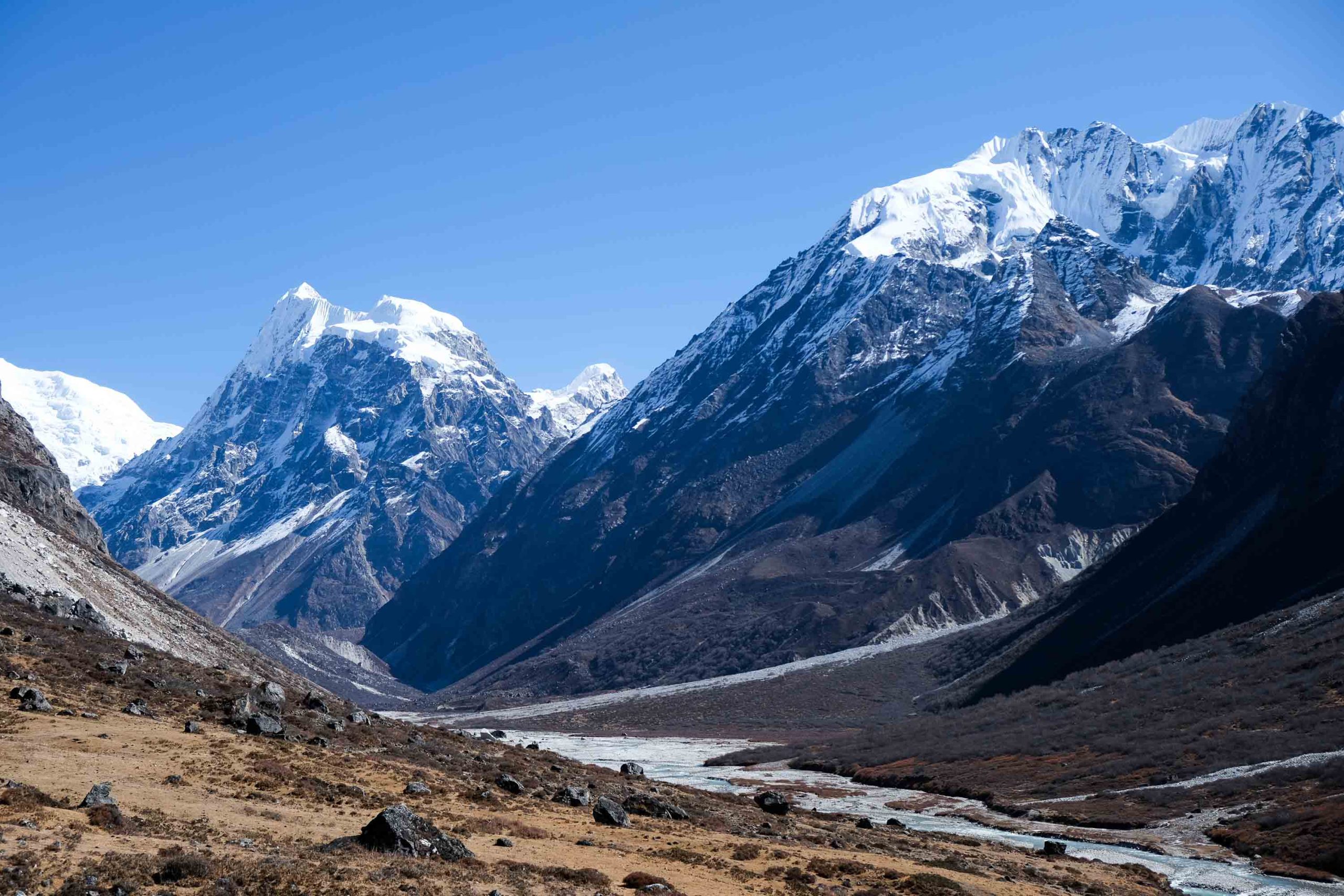
The Everest Base Camp Trek is one of the most sought-after trekking adventures in the world. Situated in the Khumbu region of Nepal, the trek offers breathtaking views of Mount Everest (8,848.86m), the highest peak on Earth. This journey not only provides an exhilarating trekking experience but also immerses travelers in the unique culture of the Sherpa people. In this guide, we will cover the cost, detailed itinerary, and the best time to embark on this incredible journey.
Everest Base Camp Trek Cost
The cost of trekking to Everest Base Camp varies based on the season, trekking package, and level of comfort. Here’s a breakdown of estimated costs:
1. Permits and Fees
-
Sagarmatha National Park Permit: $30
-
Khumbu Pasang Lhamu Rural Municipality Permit: $20
-
TIMS (Trekkers’ Information Management System) Card: $20 (if trekking with a guide, otherwise $10 for independent trekkers)
2. Trekking Package Cost
-
Guided Group Trek: $1,200 – $1,800 per person
-
Luxury Trek with Helicopter Return: $3,000 – $5,000 per person
-
Independent Trekking (without a guide): Around $800 – $1,200
3. Accommodation and Food
-
Lodges & Tea Houses: $5 – $50 per night depending on location and comfort level
-
Food: $5 – $15 per meal, averaging around $25 – $30 per day
4. Flights and Transportation
-
Flight from Kathmandu to Lukla (round trip): $180 – $400 per person
-
Private Jeep from Kathmandu to Lukla (optional): $150 – $200 per person
5. Miscellaneous Costs
-
Porter Service: $15 – $25 per day
-
Guide Service: $30 – $50 per day
-
Gear Rental/Purchase: $100 – $300 (if not already owned)
-
Insurance: $150 – $300 (high-altitude coverage required)
Everest Base Camp Trek Itinerary
A typical Everest Base Camp trek itinerary spans 12-14 days, covering approximately 130 km round trip. Below is a detailed day-by-day itinerary:
Day 1: Arrival in Kathmandu (1,400m)
Arrive in Kathmandu, the capital of Nepal, where you will prepare for the trek and acquire necessary permits.
Day 2: Flight to Lukla (2,860m) & Trek to Phakding (2,610m) [3-4 hours]
Take a scenic flight to Lukla and begin trekking towards Phakding, a small village along the Dudh Koshi River.
Day 3: Trek to Namche Bazaar (3,440m) [5-6 hours]
Hike through suspension bridges, lush pine forests, and climb steep trails to reach Namche Bazaar, the Sherpa capital.
Day 4: Acclimatization Day in Namche Bazaar
Rest and explore Namche, visiting the Everest View Hotel and nearby monasteries for stunning panoramic views.
Day 5: Trek to Tengboche (3,860m) [5-6 hours]
Trek through rhododendron forests to reach Tengboche Monastery, one of the most spiritual sites in the region.
Day 6: Trek to Dingboche (4,410m) [5-6 hours]
Climb gradually past Pangboche Village, getting closer to the high-altitude terrain of the Himalayas.
Day 7: Acclimatization Day in Dingboche
Take a short hike to Nangkartshang Peak (5,083m) to help acclimatize before heading higher.
Day 8: Trek to Lobuche (4,940m) [5-6 hours]
Walk past Thukla Pass, a site with memorials for climbers who lost their lives attempting Everest.
Day 9: Trek to Everest Base Camp (5,364m) & Back to Gorak Shep (5,170m) [7-8 hours]
Reach Everest Base Camp, where climbers prepare for their summit attempt, before descending to Gorak Shep for an overnight stay.
Day 10: Hike to Kala Patthar (5,545m) & Trek to Pheriche (4,280m) [6-7 hours]
Climb to Kala Patthar for the best sunrise views of Mount Everest before heading back down to Pheriche.
Day 11: Trek to Namche Bazaar [6-7 hours]
Retrace your steps back to Namche Bazaar, descending gradually.
Day 12: Trek to Lukla [6-7 hours]
Complete the trek back to Lukla, celebrating the successful journey.
Day 13: Flight to Kathmandu
Return to Kathmandu, where you can explore the city and celebrate your trek.
Day 14: Departure from Kathmandu
End of the adventure, heading back home with unforgettable memories.
Best Time to Visit Everest Base Camp
The best time to trek to Everest Base Camp is during the pre-monsoon (spring) and post-monsoon (autumn) seasons.
1. Spring (March to May)
-
Ideal temperatures and clear skies
-
Blooming rhododendron forests
-
Higher chance of encountering mountaineers at Base Camp
2. Autumn (September to November)
-
Stable weather with minimal precipitation
-
Best visibility for mountain views
-
Peak trekking season with vibrant trails
3. Winter (December to February)
-
Cold temperatures, but fewer crowds
-
Clear views but extreme conditions at higher elevations
4. Monsoon (June to August)
-
Limited visibility and slippery trails
Conclusion
Trekking to Everest Base Camp is a once-in-a-lifetime experience that offers a combination of stunning landscapes, rich culture, and personal achievement. By carefully planning your budget, itinerary, and best season to visit, you can make the most out of your adventure.





Leave a Reply